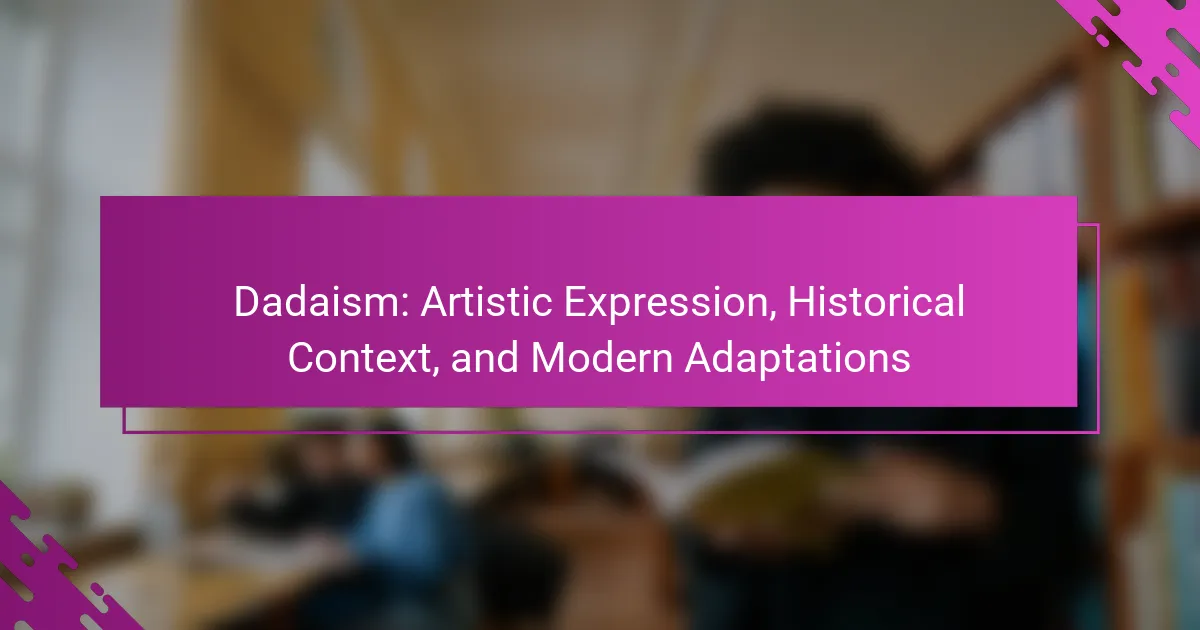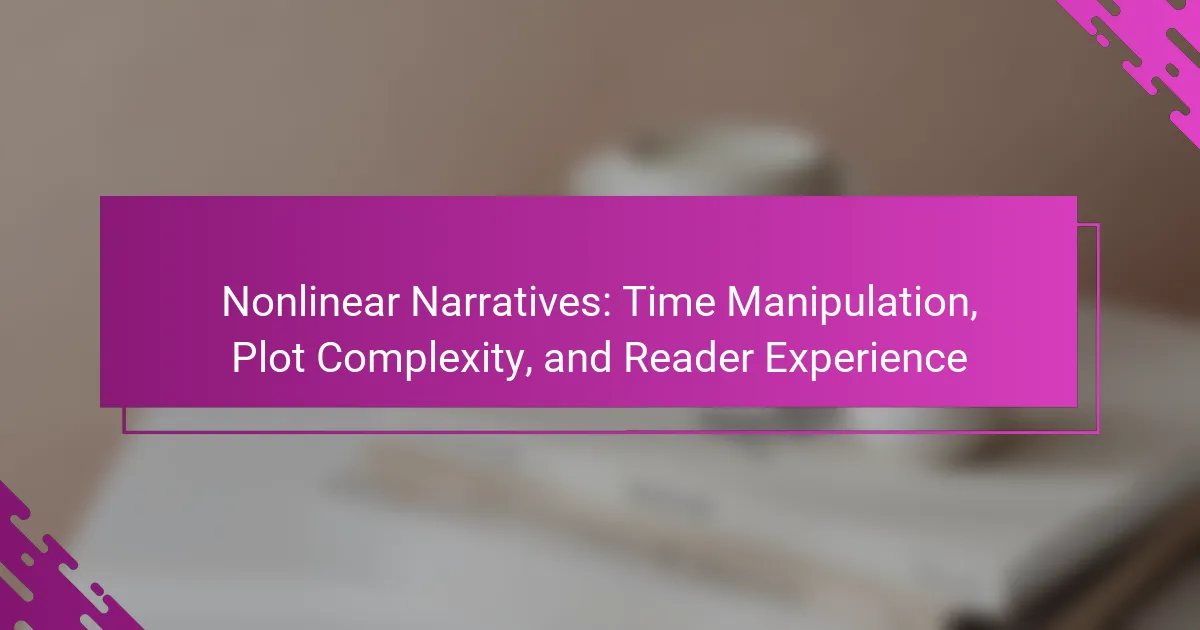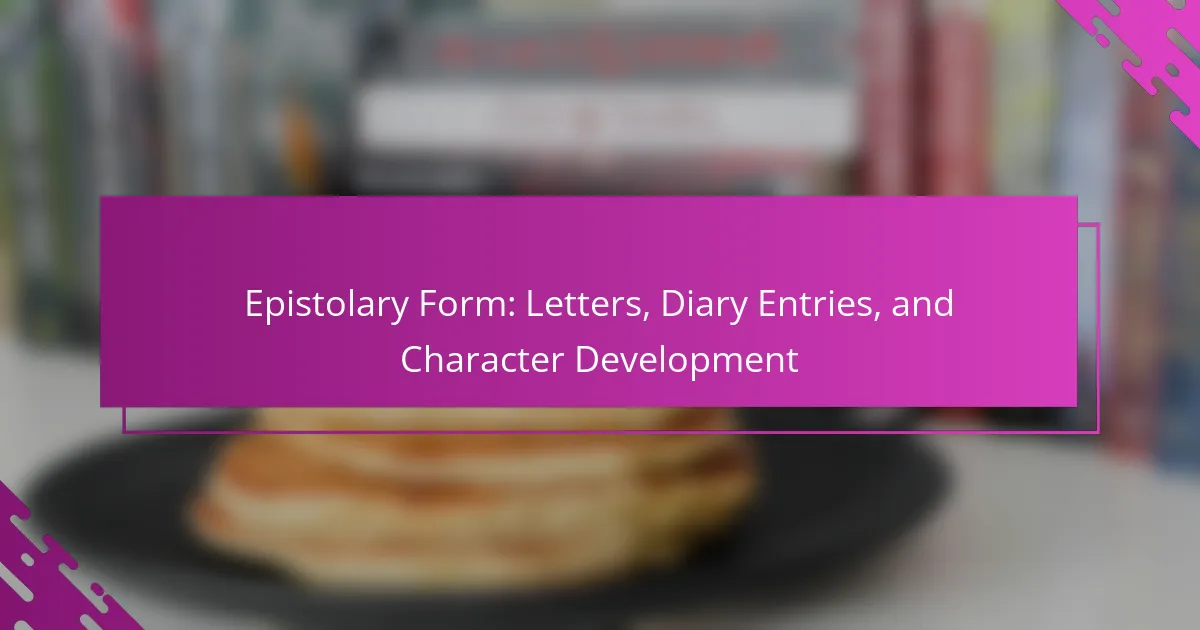Flash fiction captivates modern readers with its brevity and emotional depth. This article explores its rising popularity, the emotional impact it creates, the challenges writers face, its educational benefits, and future trends in digital storytelling. Platforms like Twitter and Wattpad enhance its accessibility, while diverse voices are increasingly represented in this dynamic format.
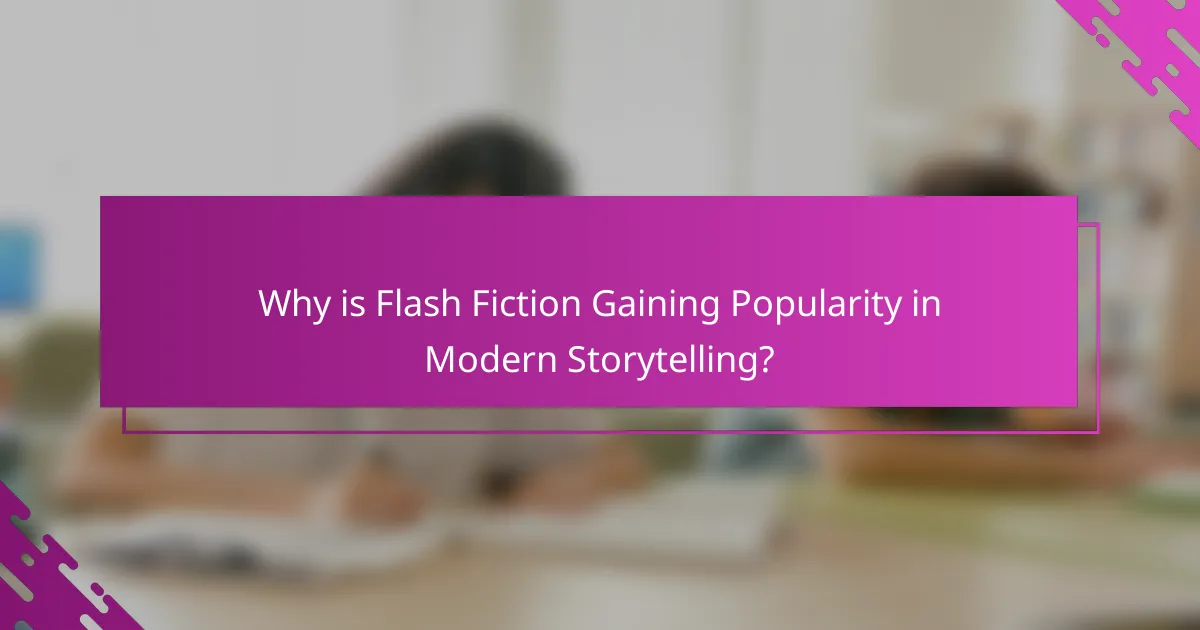
Why is Flash Fiction Gaining Popularity in Modern Storytelling?
Flash fiction is gaining popularity due to its brevity and impactful storytelling. This format allows writers to convey profound themes in a concise manner, appealing to modern audiences with limited attention spans. The rise of digital platforms has further facilitated the sharing of these short narratives, making them accessible and engaging. Additionally, flash fiction encourages creativity and experimentation, allowing authors to explore diverse styles and perspectives. As a result, it has become a significant trend in contemporary literature, reflecting the evolving landscape of storytelling.
What Are the Key Characteristics of Flash Fiction?
Flash fiction is characterized by its brevity, typically under 1,000 words, and its ability to deliver a powerful impact in a condensed format. This storytelling style often focuses on a single moment or idea, allowing for deep emotional resonance despite limited word count. Key characteristics include a strong hook, concise language, and a twist or revelation that engages the reader. Flash fiction reflects modern storytelling trends by emphasizing immediacy and accessibility, appealing to audiences with shorter attention spans. Its unique attribute lies in the challenge of crafting a complete narrative within strict limitations, showcasing creativity and skill.
How Does Flash Fiction Differ from Traditional Short Stories?
Flash fiction is distinct from traditional short stories primarily due to its brevity and focused impact. Flash fiction typically ranges from 100 to 1,500 words, emphasizing concise storytelling that delivers a powerful emotional or thematic punch. In contrast, traditional short stories often explore more complex narratives and character development, usually exceeding 1,500 words.
Flash fiction’s unique attribute lies in its ability to evoke strong reactions with minimal exposition. This modern storytelling trend caters to readers’ decreasing attention spans, making it a popular choice in digital formats. Additionally, flash fiction often employs innovative structures and techniques, allowing for creative expression within tight constraints.
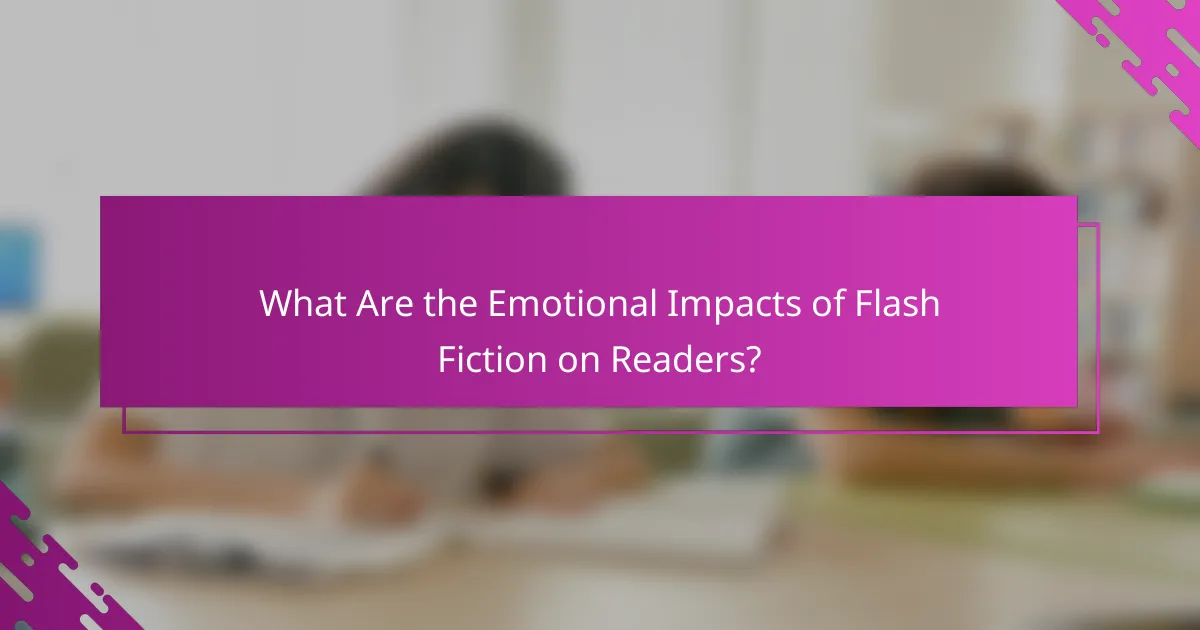
What Are the Emotional Impacts of Flash Fiction on Readers?
Flash fiction evokes strong emotional responses in readers due to its brevity and impactful storytelling. The condensed nature of flash fiction allows authors to create intense moments that resonate deeply, often leading to reflection or catharsis.
Research shows that flash fiction can trigger immediate emotional reactions, as it often focuses on pivotal moments or profound themes. This format challenges readers to engage actively, filling in gaps and interpreting nuances, which enhances emotional investment.
The unique attribute of flash fiction is its ability to convey complex emotions within a limited word count. This characteristic allows writers to explore themes of loss, joy, and conflict succinctly, making each word carry significant weight.
As a result, readers may experience a range of emotions, from nostalgia to surprise, often leading to lasting impressions that traditional longer narratives might not achieve.
How Can Flash Fiction Evoke Strong Emotions in a Limited Word Count?
Flash fiction evokes strong emotions through concise storytelling and impactful imagery. Writers utilize vivid language, relatable characters, and poignant themes to create an emotional resonance within a limited word count. The brevity forces writers to distill their narratives, focusing on essential moments that trigger emotional responses. By engaging readers quickly, flash fiction can leave a lasting impression, often evoking feelings of nostalgia, joy, or sadness in just a few sentences. This efficiency in storytelling reflects modern trends where attention spans are shorter, yet the desire for deep emotional connection remains strong.
Which Techniques Enhance Emotional Engagement in Flash Fiction?
Techniques that enhance emotional engagement in flash fiction include vivid imagery, concise dialogue, and relatable characters. These elements create an immediate connection with readers, allowing them to experience emotions in a limited word count. Employing sensory details evokes strong feelings, while impactful endings leave a lasting impression.
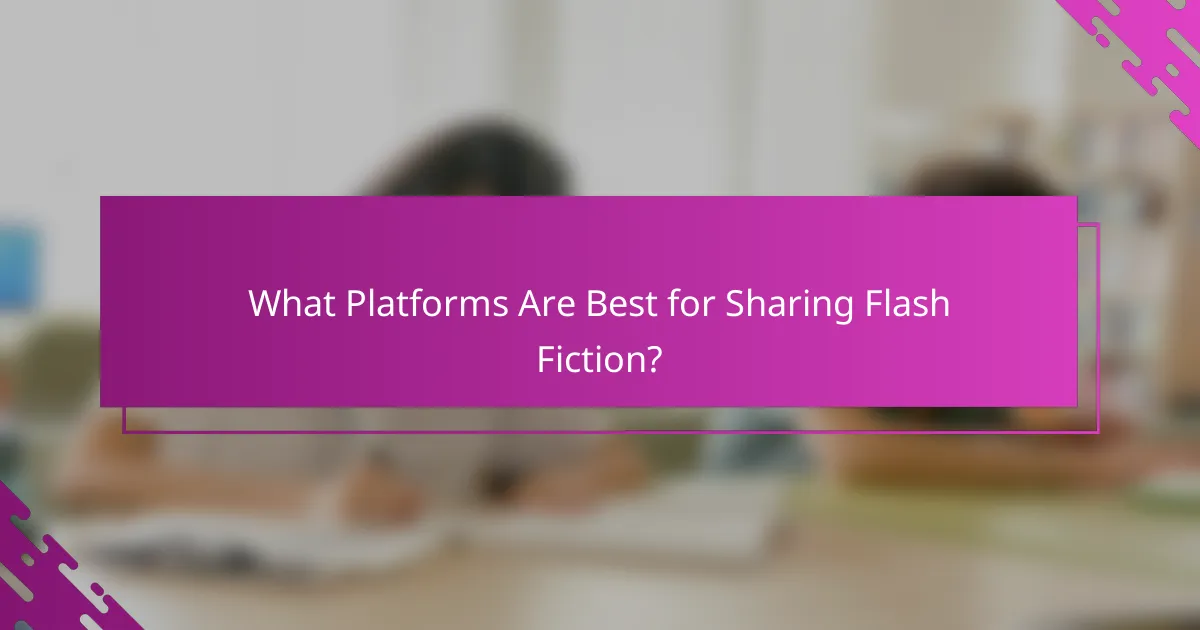
What Platforms Are Best for Sharing Flash Fiction?
Social media platforms and dedicated writing websites are best for sharing flash fiction. Twitter allows concise storytelling with its character limit, while platforms like Wattpad and Medium cater specifically to writers. Instagram can visually enhance stories with images, and Facebook groups provide community feedback. Each platform offers unique engagement opportunities, making them ideal for flash fiction enthusiasts.
How Do Social Media and Online Communities Influence Flash Fiction Trends?
Social media and online communities significantly shape flash fiction trends by fostering rapid sharing and feedback. Platforms like Twitter and Instagram encourage brevity, which aligns well with flash fiction’s concise nature. As a result, writers adapt their styles to engage audiences quickly. Online communities create spaces for collaboration, offering writers diverse perspectives that influence narrative techniques and themes. Moreover, viral trends on social media can propel specific stories into popularity, demonstrating the dynamic relationship between digital platforms and contemporary storytelling.
Which Digital Platforms Are Most Popular for Flash Fiction Writers?
Popular digital platforms for flash fiction writers include Wattpad, Medium, and Instagram. These platforms enable writers to share concise narratives and engage with readers effectively.
Wattpad offers a dedicated community for writers and readers, allowing for feedback and interaction. Medium provides a space for more polished storytelling, attracting a diverse audience. Instagram’s visual format supports micro-stories through images and captions, appealing to a younger demographic.
Each platform has unique attributes that cater to different writing styles and audience preferences. For instance, Wattpad emphasizes user-generated content, while Medium focuses on quality over quantity. Instagram’s rare attribute lies in its ability to combine visual art with brief narratives, enhancing storytelling impact.
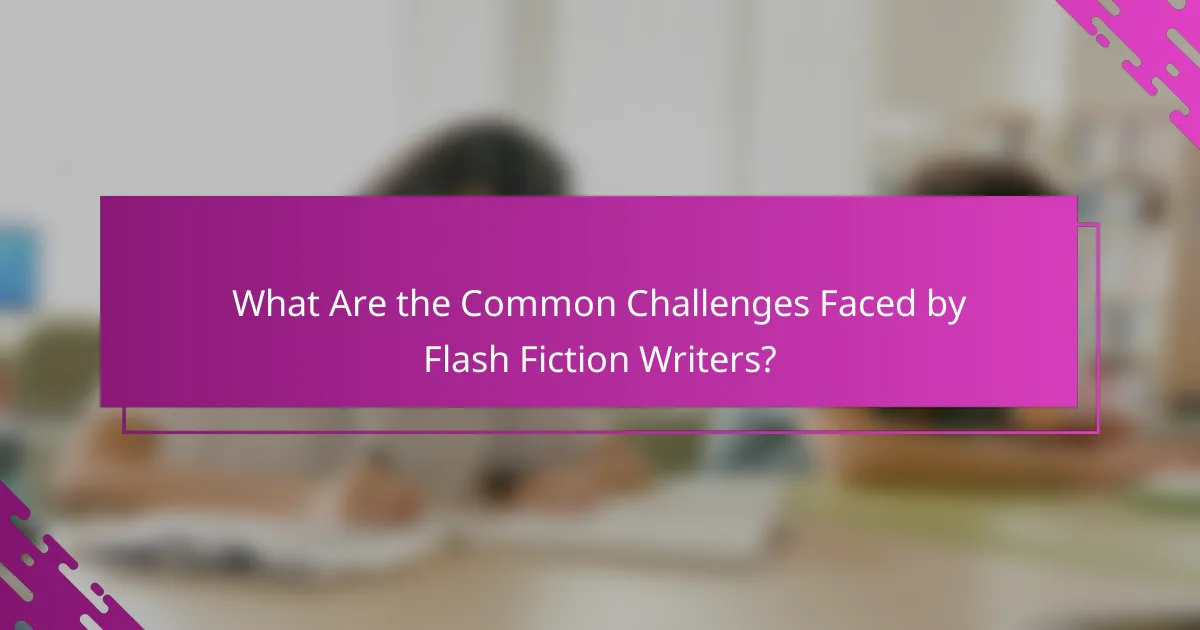
What Are the Common Challenges Faced by Flash Fiction Writers?
Flash fiction writers commonly face challenges such as brevity, character development, and plot complexity. Crafting impactful stories within strict word limits often leads to difficulty in fully developing characters or themes. Additionally, balancing a compelling narrative with the constraints of flash fiction can hinder creativity. Writers must also contend with reader engagement, ensuring their concise stories resonate emotionally despite limited space.
How Can Writers Overcome the Limitations of Brevity?
Writers can overcome brevity by focusing on impactful storytelling techniques. They can use strong imagery, precise language, and emotional resonance to convey deeper themes in fewer words. Emphasizing character development and conflict within a limited word count enhances engagement. Additionally, experimenting with structure and form, such as nonlinear narratives or unique perspectives, can create a lasting impression while maintaining brevity.
What Unique Styles Emerge in Flash Fiction Across Different Cultures?
Flash fiction exhibits unique styles influenced by cultural contexts, showcasing diverse storytelling techniques. For instance, Japanese flash fiction often emphasizes subtlety and emotion, while Latin American styles may focus on magical realism and vibrant imagery. African flash fiction frequently incorporates oral traditions, blending narrative with rhythm. Each culture’s historical and social backdrop shapes its approach to brevity and impact, resulting in a rich tapestry of modern storytelling trends.
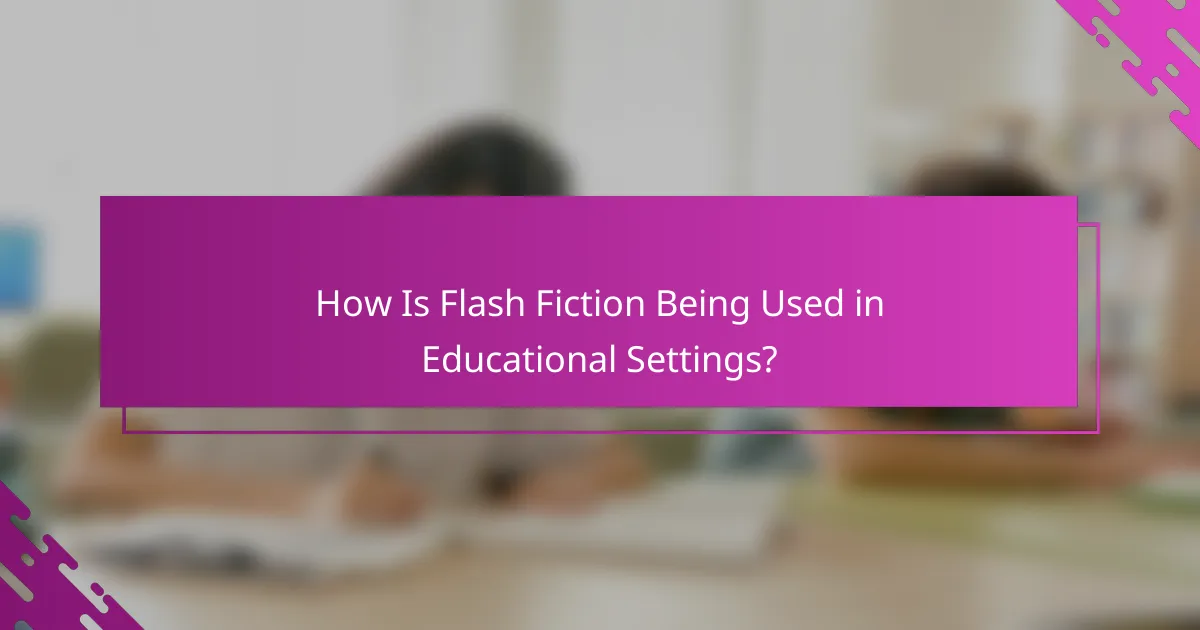
How Is Flash Fiction Being Used in Educational Settings?
Flash fiction is increasingly used in educational settings to enhance creativity and writing skills. Its brevity encourages students to express ideas concisely, fostering clarity and impact.
In classrooms, flash fiction serves as a tool for developing critical thinking. Students analyze themes and character development within limited word counts, promoting deeper engagement with narrative structures.
Additionally, flash fiction assignments can stimulate peer collaboration. Students share their stories, providing feedback that cultivates a supportive writing community.
Overall, integrating flash fiction into curricula empowers students to explore modern storytelling trends while honing essential writing abilities.
What Benefits Does Flash Fiction Offer for Creative Writing Classes?
Flash fiction enhances creative writing classes by promoting brevity and encouraging impactful storytelling. It allows students to focus on concise language and strong narrative arcs, fostering clarity and precision. Additionally, flash fiction cultivates creativity by challenging writers to convey complex ideas within limited word counts, which can improve their overall writing skills. This format also reflects modern storytelling trends, appealing to contemporary readers who appreciate quick, engaging narratives.
How Can Flash Fiction Be Integrated into Language Learning?
Flash fiction can enhance language learning by promoting concise expression and creative thinking. This form of storytelling encourages learners to focus on essential vocabulary and grammar structures.
Integrating flash fiction into language lessons can include the following strategies:
1. **Writing Exercises**: Students create their own flash fiction pieces, which fosters creativity and language application.
2. **Reading Comprehension**: Analyzing short stories improves reading skills and comprehension of narrative techniques.
3. **Discussion Prompts**: Flash fiction can serve as a basis for discussions, enhancing speaking and listening skills.
4. **Vocabulary Expansion**: Short narratives often introduce new words in context, facilitating retention.
These methods leverage the brevity of flash fiction, making language learning engaging and effective.
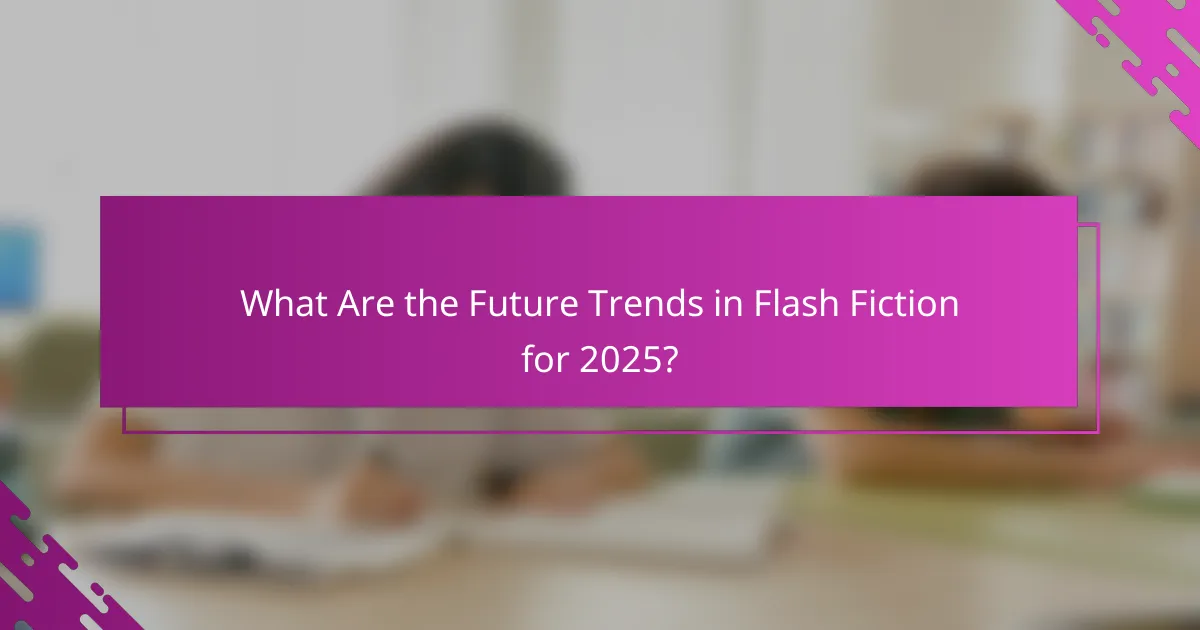
What Are the Future Trends in Flash Fiction for 2025?
Flash fiction will increasingly embrace digital platforms and interactive storytelling by 2025. Readers will seek immersive experiences, blending text with multimedia elements. The rise of social media will drive shorter narratives, emphasizing immediacy and emotional impact. Diverse voices and perspectives will gain prominence, reflecting a broader range of human experiences. As a result, flash fiction will evolve into a dynamic medium, fostering community engagement and collaboration among writers.
How Will Technology Shape the Evolution of Flash Fiction?
Technology will significantly influence the evolution of flash fiction by enhancing accessibility and interactivity. Digital platforms enable writers to reach diverse audiences quickly, while multimedia elements can enrich storytelling. The rise of social media encourages brevity, aligning with flash fiction’s core attribute of conciseness. Additionally, AI tools can assist in generating ideas, refining narratives, and even personalizing stories for readers. This integration of technology not only expands the formats available but also fosters innovative storytelling methods that resonate with modern audiences.
Which Emerging Voices are Influencing the Flash Fiction Landscape?
Emerging voices influencing the flash fiction landscape include diverse authors who prioritize brevity and emotional impact. Notable figures like Mariana Enriquez and Tania James are redefining storytelling through unique narratives. Their innovative approaches reflect cultural shifts and engage contemporary themes, appealing to a modern audience. Additionally, platforms like social media amplify these voices, enhancing visibility and fostering community among writers.
What Best Practices Should Writers Follow for Effective Flash Fiction?
Writers should focus on clarity, emotional resonance, and concise storytelling to create impactful flash fiction. Prioritize strong openings to hook readers immediately. Use vivid imagery and precise language to convey depth within limited word counts. Experiment with structure to enhance narrative flow, and ensure every word serves a purpose. Embrace unique perspectives to differentiate your stories and engage audiences.
